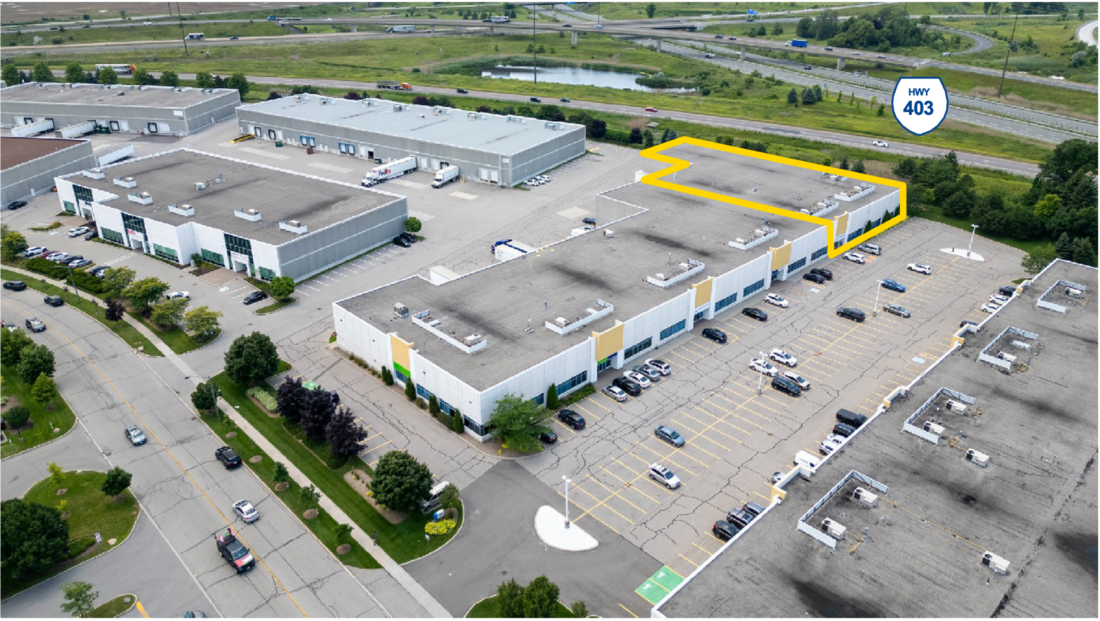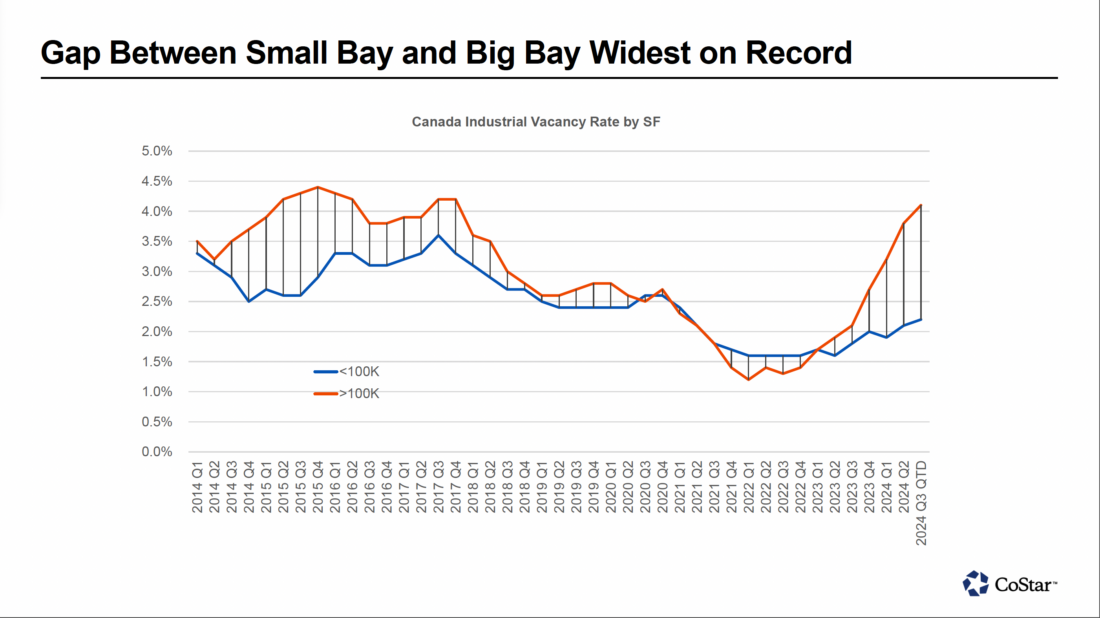
When delving into Commercial Real Estate (CRE), understanding cap rates becomes essential. Conceptually, cap rates can be likened to the health metric of a property, gauging the potential profitability of an investment. Specifically, they illuminate the relationship between a property’s Net Operating Income (NOI) and its market value. Several dynamic factors influence these rates.
The Significance of Cap Rates in CRE Cap rates are pivotal metrics in CRE, offering insights into a property’s potential value. They serve as standardized indicators, facilitating the comparison of varying properties and their investment prospects. Professionals ranging from seasoned investors to appraisal experts leverage these rates to make informed decisions.
Factors Impacting Cap Rates:
- Interest Rates: Within the vast expanse of Canada’s CRE sector, interest rate adjustments by the Bank of Canada have a pronounced effect. When the benchmark rate undergoes changes, it typically prompts a corresponding shift in the prime rates of our banks.
– Historical Context: Over the past two decades, the prime rate in Canada has varied between 2.45% and 6.25%. A lower rate often spurs borrowing enthusiasm. Conversely, an uptick prompts CRE stakeholders to reassess investment approaches.
– The CRE Interplay: With surges in prime rates, cap rates often ascend in tandem. The rationale is straightforward: heightened borrowing costs potentially diminish the allure of real estate ventures, prompting investors to seek higher ROI as compensation.
– The Spread: Beyond mere numbers, the spread — representing the difference between the prime rate and expected ROI in CRE — emerges as a vital consideration for investors. A narrowing spread might hint at the reduced appeal of real estate investments vis-à-vis other avenues, factoring in associated risks. A wider spread, conversely, may herald lucrative opportunities in the domain. In Canada, this spread traditionally sits between 200-400 basis points (currently hovering just under 2.5% on recent transactions), contingent on a plethora of economic signals and market perceptions.
- Rent Dynamics: Fluctuations in inflation invariably impact rent rates. Anticipated rent hikes can boost the NOI, potentially offsetting heightened borrowing rates. However, economic downturns can drive up cap rates while tempering rent growth.
- Economic Indicators: GDP & Unemployment: GDP and unemployment metrics offer a snapshot of the economy’s health. A robust economy, characterized by a surging GDP and minimized unemployment, usually aligns with subdued cap rates. In contrast, economic slumps with escalating unemployment can elevate cap rates, given the amplified investment risks and diminished rental interest.
- The Primacy of Location: In the CRE lexicon, the location of a property is paramount. Proximity to key infrastructures — including highways, transit points, and urban centers — can favorably position a property, resulting in reduced cap rates. Conversely, properties in less developed or economically tepid zones might grapple with elevated cap rates, reflecting heightened investment uncertainties.









